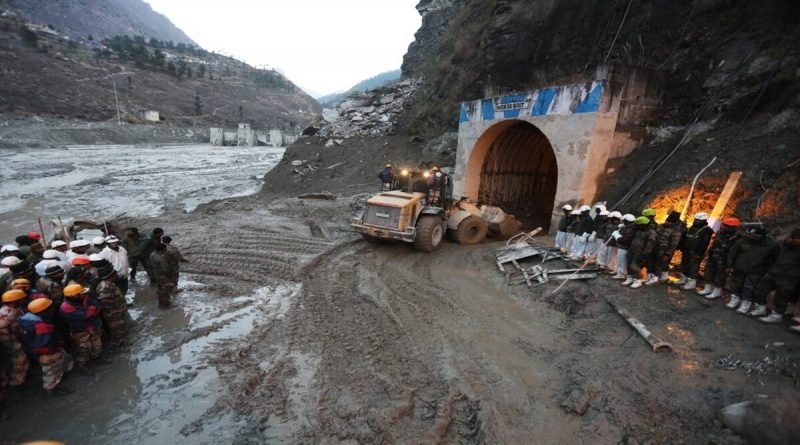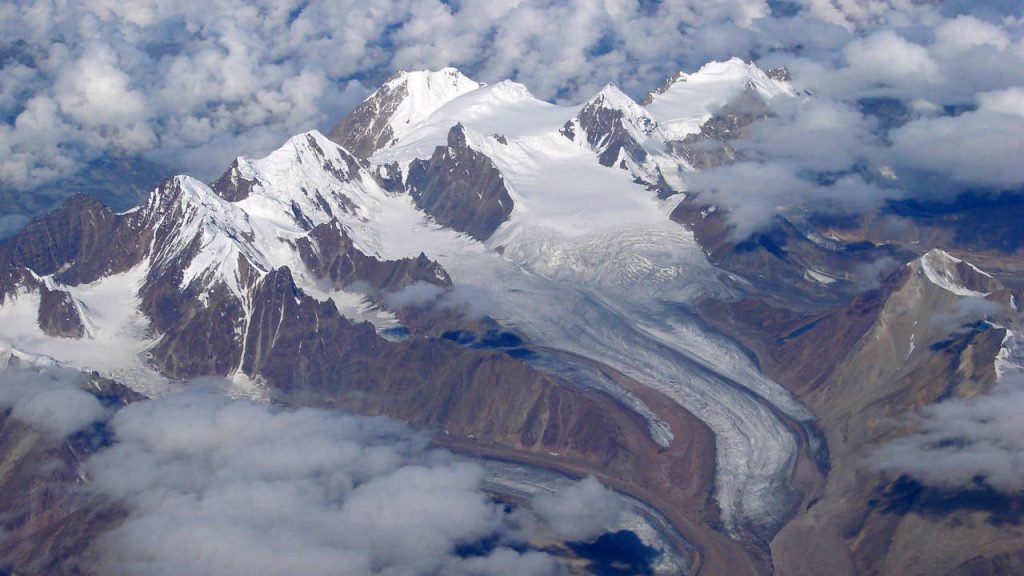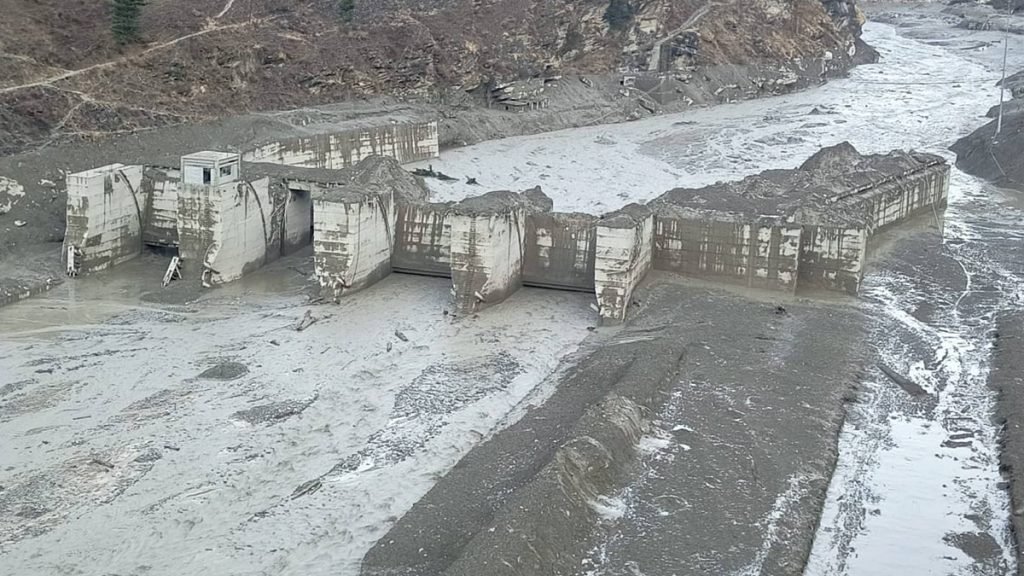Glacial Burst: Warning for the Climate Change In South Asia

Introduction
Whenever we talk about the sources of fresh water in South Asia, the first name that comes to our mind is the river sources coming out of the Himalayan glaciers. The main sources of fresh water in South Asia are Ganga and Brahmaputra which emerges from the Hindukush Himalayan glaciers. It is seen that with the increasing challenges of global warming in the previous year’s reports of many organizations like United Nation convention on climate change UNFCCC, Asian Development Bank ADB in his report says that the earth is on the pot of fire and heating gradually, many symptoms like strong heatwaves, changing in the rainfall pattern and the melting of the glacier at very high proportion are the example of the climate change. Researchers predicted in 1990 that the source of freshwater water, Hindukush Himalayan glacier is melting rapidly and will be a threat to the availability of fresh water in the South Asian countries because the main source of fresh water is the Himalayan glacier. As we all know that Himalayan glaciers formed at very high peaks and due to global warming, the sheets of the glacier are getting thin which may cause a burst of the glaciers. Glaciers burst is a sudden process and the water coming from the glaciers burst destroying every single thing that comes on the way of water.
An Observer research foundation (ORF) report says that the Himalayan mountain is the home of 54,252 glaciers with the total area of 61,000 sq. km. Glacier burst is not a new phenomenon in the 21 century as we know that earth is getting hotter day by day and the glaciers of the arctic and Antarctic is melting and breaking at a very high rate that it causes the increase of the sea level in the ocean which causes the global problem in the near future. Above all South Asia is the most affected region because of its large and densely populated area.
While analysing the geographical area of South Asia, we see that from one side it is bounded by the Himalayan glaciers and from the other side, it is bounded by the Indian Ocean, in the near future this region is going to get affected by both the rise of sea level and the increasing intensity of floods in the Himalayan perennial river. It is well known that in South Asia most of the population lives near the rivers and most of the big projects are situated near the water sources only, so the affected people from this disaster will be the people who all are living near these water sources. It will not only affect the population but at the same time, it may also destroy the economy of the South Asian Region. It is said in the report that in the first half of this century most of the perennial rivers of the Himalaya will become seasonal.

The concern of Melting Glaciers in Hiundukush Himalayas
As Brahma Chellaney (Author- Water: Asia’s New Battleground) rightly said that the next war the world is going to face is not for the Oil but it will be for water. The glacier burst in Chamoli is one of the minor trailers of the full film. In the first half of this century, the world will face the situation of flood landslides, cyclones, and earthquake from the Himalayan side and in the second half of this century will face the fresh water and sea-level rise problem. If only a glacier burst in Chamoli Uttarakhand which was a minor, makes huge of destruction then one can think about the 54,252 large glaciers of the Hindukush Himalaya which is melting at high speed due to global warming. South Asia is a region where the disaster like landslides are common and frequent and it will visit a number of disaster every year in monsoon season. The destruction is also at very large scale. Many people lost their lives, home, many migrate from one place to other in the search of their livelihood and those who use to reside at the place of disaster they start preparing for the next. While analysing these issues on the scale of the international relation theory, we saw the apathy of these problems. When we talk about realist perspective, its main concern is to maximising the power of the country, on the other side liberalism somehow focuses on these environmental issues but realism subdues it. A new theory given by Barry Buzaan after the cold war come up with a international theory which emphasises about the non-traditional security issues and also try to grab the world’s attention towards regional security complex, in which Buzaan put stress on the common security problem among the states of the same region. As security of the region is complex so the region should develop a regional organisation to cope up with these problems simultaneously, they can defend these problems simultaneously otherwise fighting on the name of traditional issues will create a situation which will result in fading away of the whole region from the world map. South Asian region which is at high risk of climate change and global warming, still confronting each other in the name of the traditional war issue instead of coming together on the name of non-traditional issues.

Issues and Impacts of Climate in South Asia
We can say that the South Asian region which is known as the grave of the regional organisation instead of the cradle of the regional organisation because of its common history and culture. Above all, it is the time for the South Asian countries’ governments to come together to form a regional organisation, so that they can cope up with the non-traditional problems, like climate change together. Catfighting and bandwagoning among the countries will always harm developing nations, like South Asian countries and their childish behaviour will always list them in peripheral states of the developed countries. Your fields will be the witness of their gunpowder and you will have nothing in your hand. So, it’s time to alert and think about your nation’s survival because South Asia as a region not only have a common culture but also have common geography. Calamity in one state in South Asia will not make destruction only in the country of its origin but all the South Asian countries together witness the destruction and calmity, like floods and earthquake.
Chamoli glacier burst is an example to all the countries lying in the Himalayan region for their future. They need to be awakened from their chronic sleep.


















